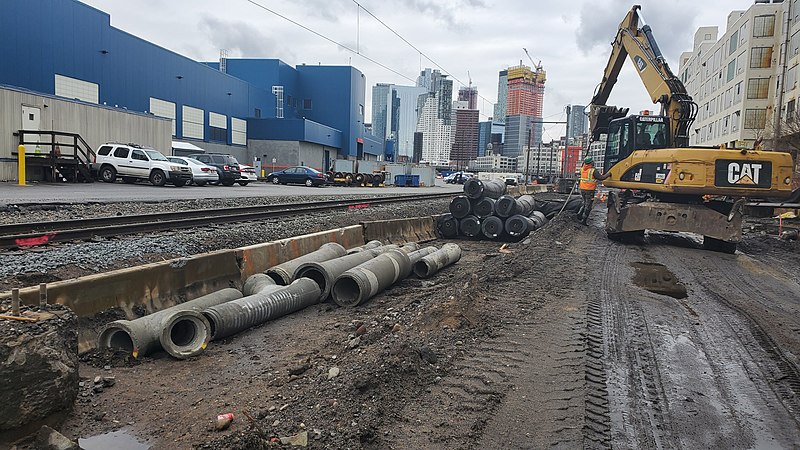Have a story idea
Have a story idea? Send it to us here.

Source : Wikimedia Commons
August 4, 2021
Author : Patty Rodriguez
As we recently reported, the massive infrastructure bill championed by the Biden administration is on the Senate floor. Democrats have touted its investments as historic, with the amount of dollars being put into infrastructure not seen in generations and in some cases ever.
But due to disruption in supply chains caused by the coronavirus pandemic, the dollars don’t go as far as they used to.
As the White House has noted, the infrastructure package would make “the single largest dedicated bridge investment since the construction of the interstate highway system.”
With a $110 billion investment in roads, bridges and highways, the aim is to have 45,000 bridges repaired.
But it’s worth noting that pretty much across the board, material costs are through the roof, meaning that a lot of the materials that will be used to construct, repair, rehabilitate and renovate infrastructure are harder to obtain and cost a lot more than what they did during pre-pandemic times.
A recent report from news distribution service JD Supra breaks it down. “Steel, joist and deck costs,” the report says, are “up 250-300 percent year over year. In addition, delivery lead times have endured significant delays, with regular delivery ranging from 12 weeks to as many as 40 weeks.”
As far as road and highway work goes, cement prices reached record levels in April. Soaring asphalt prices, meanwhile, are forcing communities to resort to cheaper alternatives.
The bill would also invest $55 billion into clean drinking water in an attempt to replace every single lead pipe in the United States.
But as the JD Supra report notes, commercial plumbing supplies are also up. “Global markets in copper were disrupted by COVID-19 and other supply chain stressors, which caused prices to soar up 175% year over year in mid-April 2021,” the report says.
Other items in the infrastructure bill are also likely to be affected by increases in commercial electrical materials. Stainless steel, copper, PVC and resin prices “are spiking,” the report states. That will probably take its toll on plans including the investment of $73 billion in power infrastructure and $39 billion in transit, the “largest federal investment in public transit ever.”
According to the White House, the United States’ transit repair backlog “includes more than 24,000 buses, 5,000 rail cars, 200 stations, and “thousands of miles of track, signals, and power systems in need of replacement.”
Photo via Wikimedia Commons.
Category : Contractor Trades Coronavirus Pandemic Federal Government Investment in Infrastructure Market Watch Material Costs
